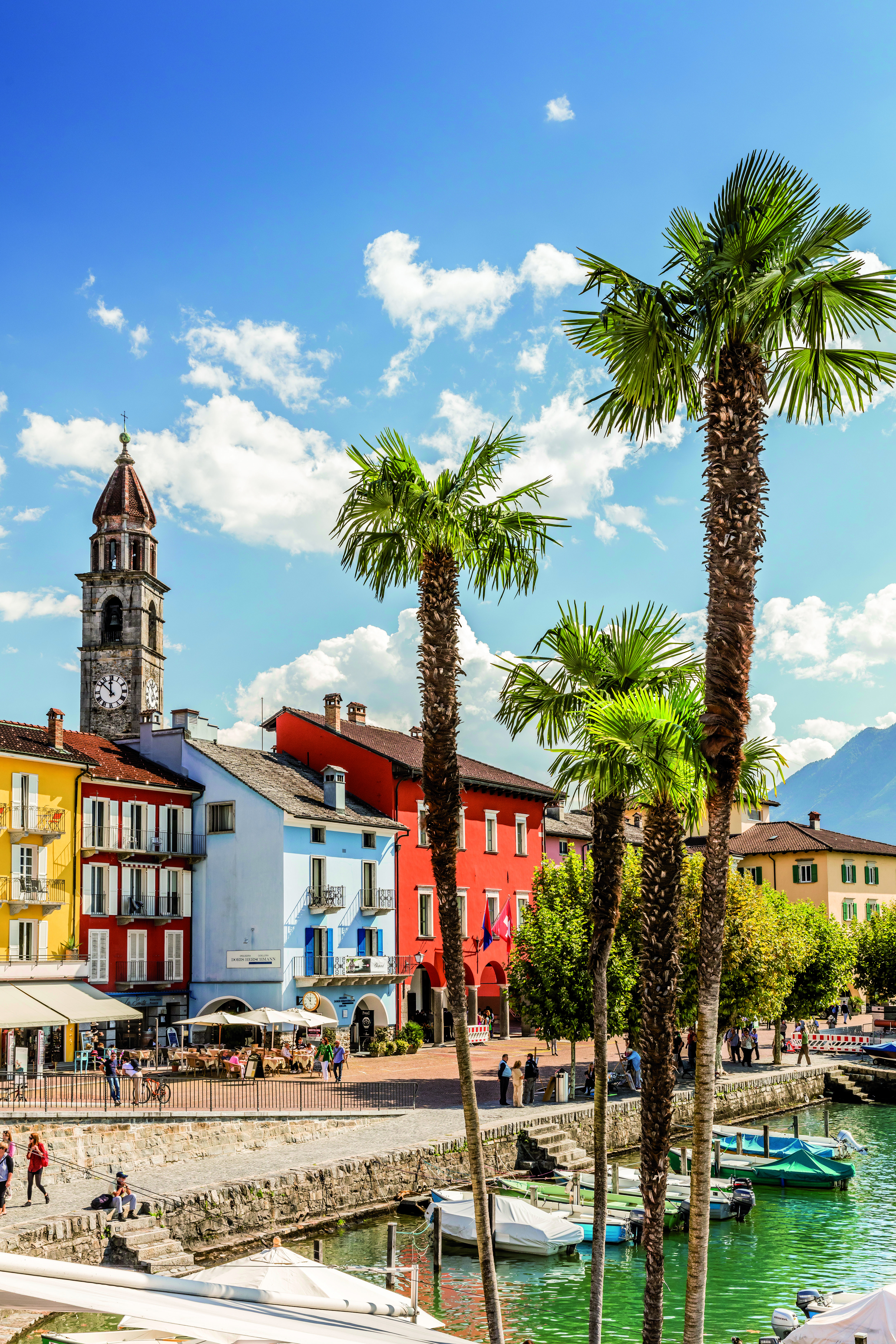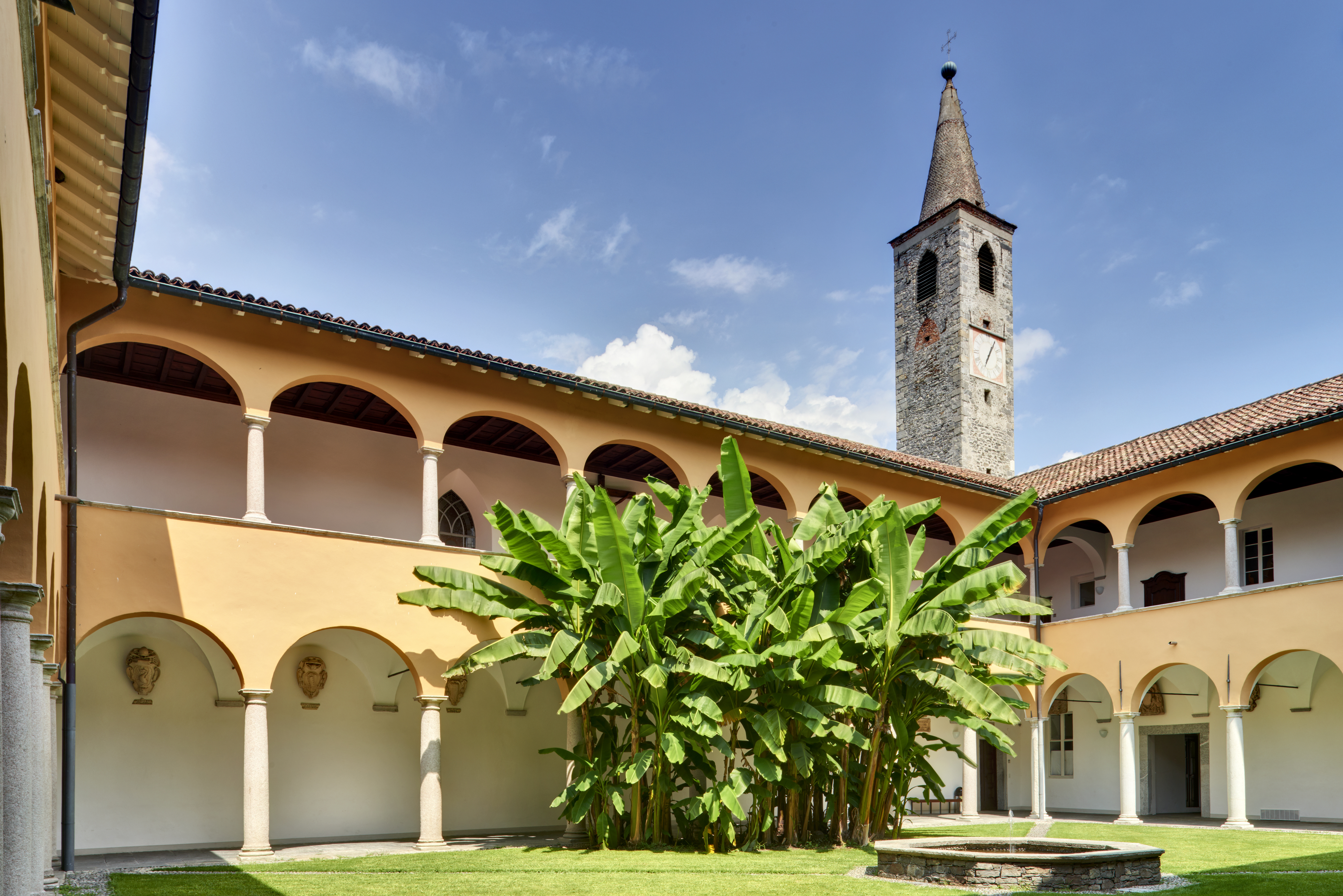
The many scales of galaxy environments
July 13-17 2026, Collegio Papio Ascona, Switzerland

Scientific organisers
Benedetta Vulcani (co-chair), INAF Osservatorio Astronomico di Padova, Italy
Anna McLeod (co-chair), Durham University, UK
Giovanni Cresci, INAF Osservatorio Astrofisico di Arcetri, Italy
Sandro Tacchella, Cambridge University, UK
Angela Adamo, Stockholms Universitet, Sweden
Robert Feldmann, Universität Zürich, Switzerland
Allison Noble, Arizona State University, USA
Stephanie Tonnesen, CCA, Flatiron Institute, USA
Hannah Übler, Max Planck Institute for Extraterrestrial Physics, Germany

Scientific rationale
Galaxies are a critical nexus in the hierarchical structure of the Universe, acting as both the cradle and the stage for the complex processes of star formation and evolution. Within these vast systems, star-forming giant molecular clouds emerge and evolve, driving the birth of stars and shaping the chemical evolution of galaxies. However, galaxies themselves are not isolated entities; they are deeply influenced by their surrounding environments, ranging from the local galactic ecosystem to the large-scale structures of the cosmic web. This interplay between a galaxy and its environment is fundamental to understanding the mechanisms behind star formation, active galactic nuclei (AGN) activity, and galaxy evolution.
The challenge of understanding how galaxies evolve is a truly multi-scale endeavor, requiring the integration of observations and simulations across six orders of spatial scales—ranging from the internal dynamics of molecular clouds on sub-parsec scales to the larger-scale structure of galaxy clusters spanning megaparsecs. Such a broad scope necessitates a concerted effort to connect the local processes within galaxies to the larger-scale environment in which they reside, offering critical insights into the roles of environment in shaping galaxy evolution.
To make rapid and meaningful progress in this area, a synergy between multi-wavelength observations and multi-scale simulations is indispensable. Observational data, spanning the electromagnetic spectrum from radio to X-ray, provide complementary views of the processes occurring within galaxies, while simulations help model the complex interactions across scales, from gas dynamics in molecular clouds to the large-scale effects of cosmic structures. Only through such integrated approaches can we begin to unravel the intricate relationships between galaxies and their environments.
The key topics we aim to address in this conference include:
- The Local Galactic Ecosystem - Star Formation, AGN, and Feedback in Context: How do the internal structures and conditions within galaxies—gas flows, stellar populations, and black hole activity—depend on the surrounding galactic-scale environment?
- Galaxies in the Cosmic Web - Environmental Drivers of Evolution: How do large-scale structures such as clusters, filaments, and voids shape the growth of galaxies? What roles do mergers, tidal forces, and intergalactic accretion play in modulating star formation and AGN activity?
- Cosmic Time and Environmental Transformation: How do galactic environments evolve across cosmic history, particularly during critical phases such as cosmic noon and reionization? How do the environmental drivers of galaxy evolution change over time?
- The Environmental Cascade - Linking Mpc to pc Scales: How do processes on the largest cosmic scales influence conditions at the smallest scales within galaxies—and vice versa? Can we trace a causal chain connecting cosmic web structures to star formation efficiencies and feedback regulation?
Through these discussions, we aim to foster a deeper understanding of the intricate relationship between galaxies and their environments, as well as the multi-scale processes that govern their evolution. By integrating insights from both theory and observations, we hope to open new avenues of research that will drive forward our understanding of the fundamental mechanisms shaping the Universe.
Invited speakers
Coming soon
Programme
Coming soon
Information
Important dates
- First announcement and invited speaker list: 15th October 2025
- Abstract submission opens: 15th November 2025
- Abstract submission closes: 15th January 2026
- Registration closes: 30th April 2026
- Meeting dates: 13-17th July 2026
Venue
The meeting will take place at the Collegio Papio in Ascona, Switzerland. The Collegio is a beautiful location in the heart of the Swiss Alps, with stunning views of the lake and the mountains. The meeting will take place in the main building of the Collegio, which is a beautiful location in the heart of the Swiss Alps, with stunning views of the lake and the mountains.
Accommodation
There are numerous hotels in Ascona, and participants are encouraged to make their own reservations. The Collegio Papio has a limited amount of rooms available as single or double occupancy for CHF 40.- per person per night. Please contact us for more information and booking. Preference will be given to students on a first-come-first-served basis.
Travel and transport
By plane to Milano Malpensa: this is the closest airport to Ascona, it is about 1.5 hours by car. Note that this requires you to cross the Italy-Switzerland border. To get to Ascona you can rent a car, book a taxi, or take the TILO train from Malpensa to Locarno, from where you can then take public transport (short bus) to Ascona. We will also be organizing a collective bus around on the Sunday from Malpensa to Ascona.
By plane to Zurich Airport: From Zurich Airport you can take public transport (train to Locarno, then short bus from Locarno to Ascona). This beatuiful 2.5 hour journey will take you across the scenery of the Alps.
By train from European countries: The closest train station is Locarno, from where a short bus ride will take you to Ascona.
Get in touch
For any questions, please contact: galscale2026@gmail.com, or use the form below.


